International travel is easier and more accessible than ever before, in part due to a visa waiver program. Such a program allows qualified citizens to travel into other nations for a limited time without requiring them to go through the often-extensive process involved in obtaining a more traditional visa. From this article, you will find everything you should know about the visa waiver program, taking a closer look at the U.S.’s, the new ETIAS system in Europe, and all other global Visa waivers. This guide will walk you through how to keep moving with ease through the complicated landscape of visa waivers, whether this is your first international trip or not. This guide shows how you can do so with ease.
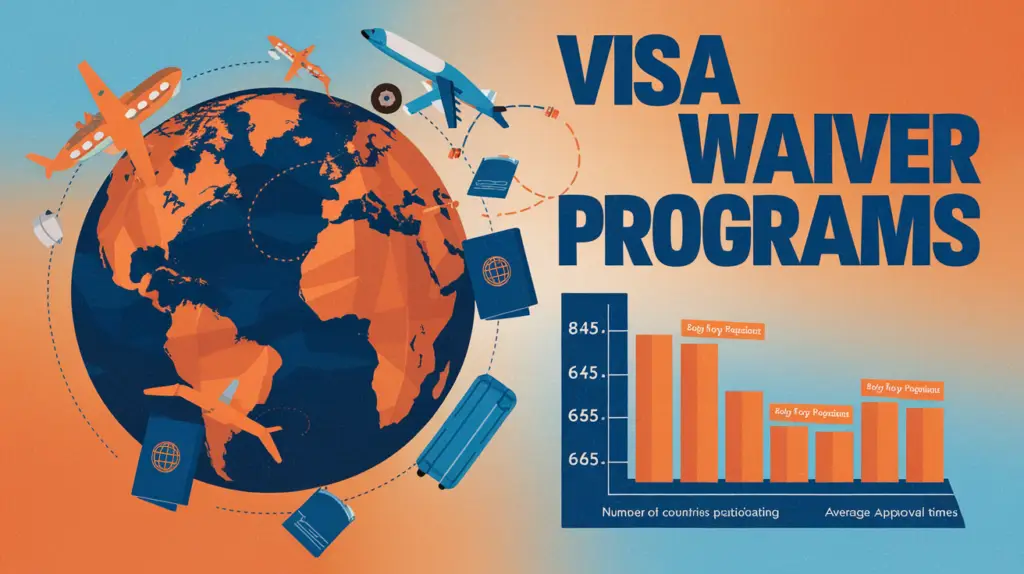
What is a Travel Visa Waiver?
This is going to help in waiving off the need for a visa, allowing citizens of participating countries to visit another country without requiring them to go through conventional visa application routes. Generally, these visa waivers are issued for short-term visits, usually for reasons that include tourism, business, or transit. They make life somewhat more convenient for travelers by reducing paperwork and other costs involved in applying for a visa.
Visa Waivers vs. Traditional Visas
A visa waiver differs from a traditional visa. In the traditional process, applicants often have to attend embassy appointments, participate in interviews, and wait longer for visa delivery. Travelers typically apply for visa waivers online, which results in faster approval times. In contrast, traditional visas grant longer stays and greater flexibility for work or study, while visa waivers cater specifically to short, temporary visits.
Types of Travel Visa Waiver Programs Available Globally

Overview of U.S. Visa Waiver Program (VWP)
The U.S. Visa Waiver Program (VWP) allows citizens of over 40 countries to visit the U.S. for up to 90 days for tourism or business without requiring a visa. Travelers must, however, obtain permission through the Electronic System for Travel Authorization (ESTA) before boarding their flight. This program has made travel significantly easier for millions of visitors.
Key Requirements:
- An e-passport from a member country
- ESTA authorization: $21 fee, valid for two years
- Travel purpose limited to tourism, business, or transit
- No prior visa violations or criminal history
Introduction of ETIAS for European Travel
Starting in 2025, non-EU travelers from visa-free countries, including U.S. citizens, will need to apply for the European Travel Information and Authorization System (ETIAS) before arriving in the Schengen Area. Like the ESTA, ETIAS is designed to enhance security and streamline travel in Europe.
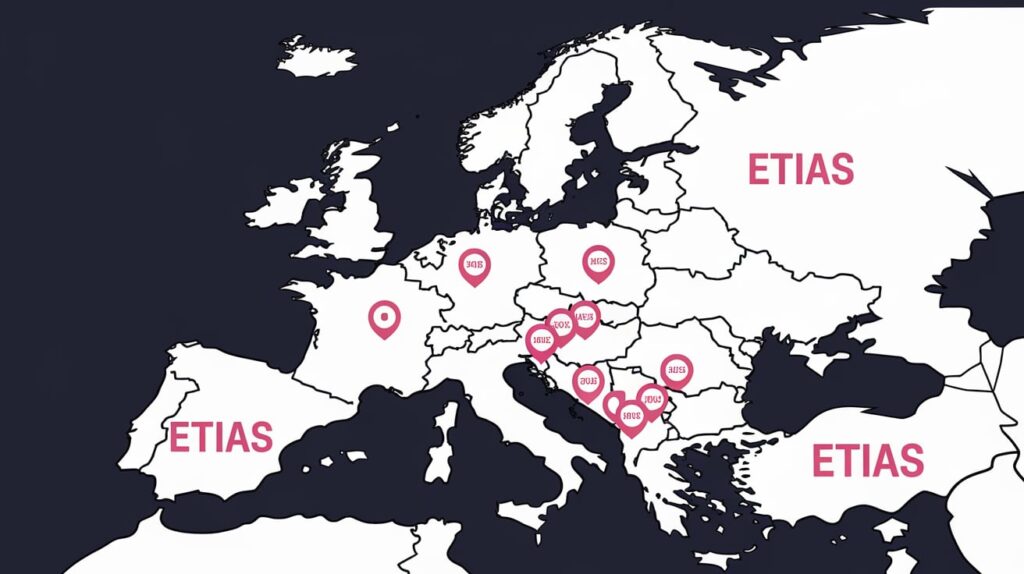
Key Details:
- A €7 fee for adults; free for minors and seniors over 70
- Valid for three years or until the passport expires
- Allows stays of up to 90 days within a 180-day period
Visa Waivers in the Asia-Pacific Region
Countries like Australia and New Zealand have their own visa waiver programs, such as Australia’s ETA and New Zealand’s NZeTA. These systems allow short-term visits for business or tourism, and travelers must fill out online forms similar to ESTA and ETIAS.
Application Process
Steps to Follow for U.S. ESTA Application
- Visit the Official Website: Go to esta.cbp.dhs.gov.
- Fill in Personal Information: Enter details from your passport, travel plans, and contact info.
- Pay the Fee: A non-refundable $21 fee is required.
- Approval: Most applications are approved within minutes, but it’s advisable to apply at least 72 hours before travel.
ETIAS Application Process (From 2024)
Once the ETIAS system is operational, applications will follow a similar process to ESTA:
- Apply Online: Enter your personal and travel information.
- Pay the Fee: €7 for adults.
- Approval Time: Approvals usually come within hours, but can take up to four days if further checks are needed.
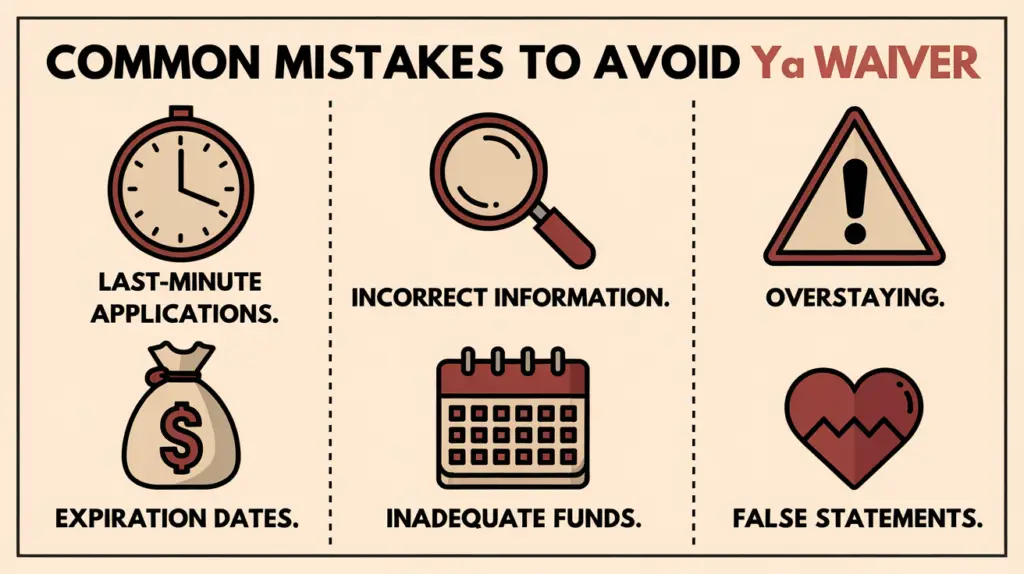
Common Mistakes to Avoid When Applying for a Visa Waiver
- Last-Minute Applications: Always apply well before your travel date to avoid delays.
- Incorrect Information: Make sure all details exactly match your passport.
- Overstaying: Staying beyond the 90-day limit can result in penalties and future travel restrictions.
Advantages of Visa Waiver Programs
Simplifying Travel
Visa waiver programs simplify the process of traveling by eliminating the need for embassy visits, reducing the time and effort involved in preparing for international travel. Systems like ESTA and ETIAS offer quick approvals, often in minutes, making travel more convenient.
Lower Costs Compared to Full Visa Applications
Traditional visas often involve higher costs, including fees for embassy visits and document processing. Visa waivers, by contrast, typically cost less than $25, and cover multiple years.
Challenges and Limitations
90-Day Stay Limits
Visa waivers come with a 90-day maximum stay limit. For travelers needing to stay longer, a traditional visa like a B-2 tourist visa is required.
No Extension or Status Change Rights
Visa waiver travelers cannot extend their stay or change their immigration status while in the host country. This can create problems in case of emergencies or unexpected circumstances.
ESTA vs. B-2 Visa: What’s the Difference?
The ESTA allows for up to 90 days of visa-free travel. For longer stays, the B-2 visa offers up to six months, with the option to extend.
| Criteria | ESTA (Visa Waiver) | B-2 Visa |
|---|---|---|
| Duration | Up to 90 days | Up to 6 months |
| Eligibility | VWP country citizens | Global |
| Cost | $21 | $160 |
| Renewability | Cannot renew | Renewable within the U.S. |
Global Travel Considerations
Countries Eligible for Visa Waiver Programs
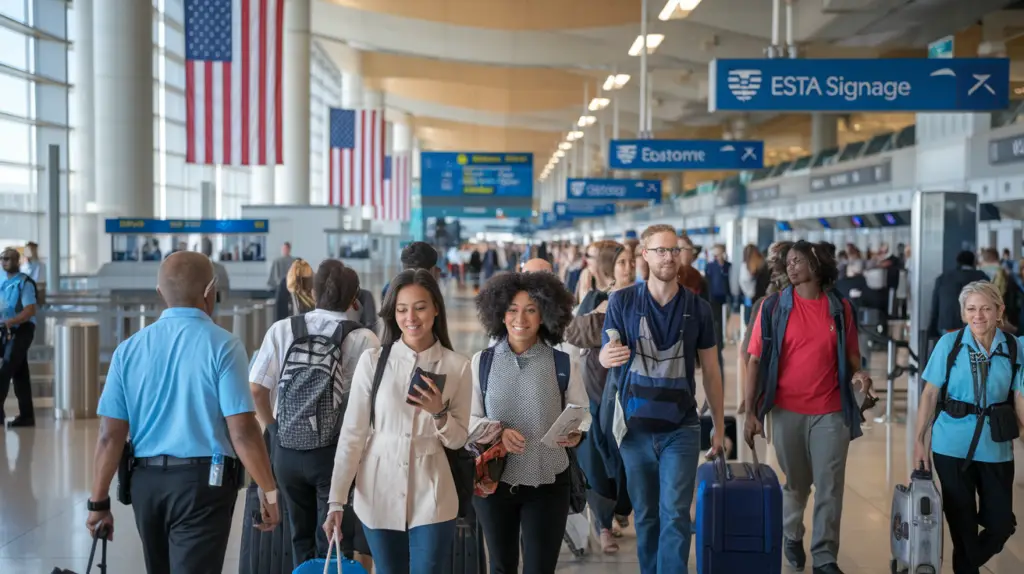
Eligibility for visa waiver programs varies by region. For example, the U.S. VWP covers over 40 countries, including Australia, Japan, and most of Europe. Meanwhile, ETIAS will include over 60 countries, such as the U.S., Canada, and Australia.
Visa Waivers for Digital Nomads: Are They an Option?
With the rise of remote work, digital nomads are exploring visa waivers as a potential way to work and travel. However, most visa waiver programs explicitly prohibit employment during the stay. Some countries, like Estonia and Croatia, have introduced digital nomad visas to accommodate remote workers for longer periods.
Frequently Asked Questions
What if My ESTA Is Denied?
If your ESTA is denied, you must apply for a traditional visa, such as a B-2 tourist visa. Denials can happen due to incomplete applications, incorrect information, or past visa violations.
Can I Extend My Stay After Entering with a Visa Waiver?
No, visa waivers cannot be extended. Travelers must leave before their 90-day period ends or face penalties for overstaying.
How Long Does ETIAS Approval Take?
ETIAS approval is generally instant but can take up to four days if additional security checks are required.
Do I Need a Return Ticket to Use a Visa Waiver?
Yes, most visa waiver programs require proof of onward travel or a return ticket to ensure you intend to leave the country within the permitted time.
Is Health Insurance Required for Visa Waiver Travel?
Although health insurance isn’t mandatory, visa waiver travelers should strongly consider it to cover emergencies while abroad.
Can I Work Under a Visa Waiver?
No, working under a visa waiver is prohibited. Travelers caught working without proper authorization may face removal and future entry bans.
Final Thoughts: Is a Visa Waiver Right for You?
Visa waivers are the ideal option for travelers seeking minimal paperwork and short-term visits. However, for those planning extended stays or work-related travel, traditional visas like the B-2 tourist visa are more suitable. Whether you’re traveling to the U.S., Europe, or other regions, understanding visa waiver programs will make your journey smoother and more enjoyable.

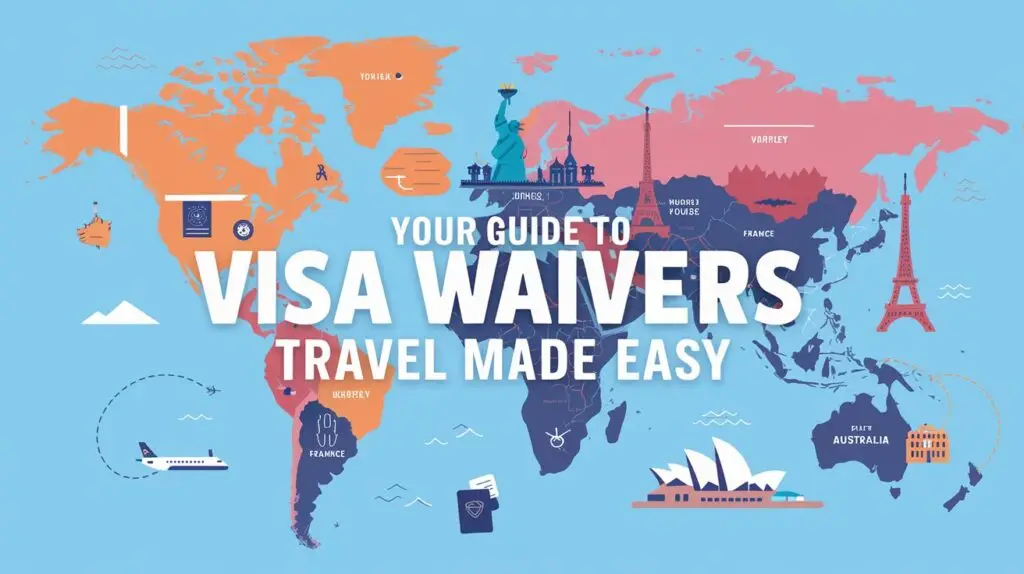


Thanks for the informative post! It’s great knowing that these visa waivers can make travel smoother and save on paperwork. But I’m curious, how reliable is the information about all these global programs? Is there a comprehensive source to check prices or visa rules for different countries? By the way, I found https://world-prices.com that could be useful for anyone planning their next trip, though not entirely sure how up-to-date it is. Cheers!
Hi Annalisa,
Thank you for your kind words! I’m glad you found the post informative.
Regarding your question about the reliability of information on global visa waiver programs, it’s always best to consult official government websites for the most accurate and up-to-date information. Each country usually has an official immigration or consulate website that provides details on visa rules and regulations.
For comprehensive resources on visa rules and prices, I recommend checking:
VisaHQ: They provide up-to-date information on visa requirements for various countries.
IATA Travel Centre: They have a database of visa and entry requirements for all countries.
As for the website you mentioned, world-prices.com, I appreciate the suggestion! It’s always a good idea to verify the information from multiple sources to ensure its accuracy. If you have any other recommendations or questions, feel free to share!
Cheers!
Mehedi Hasan